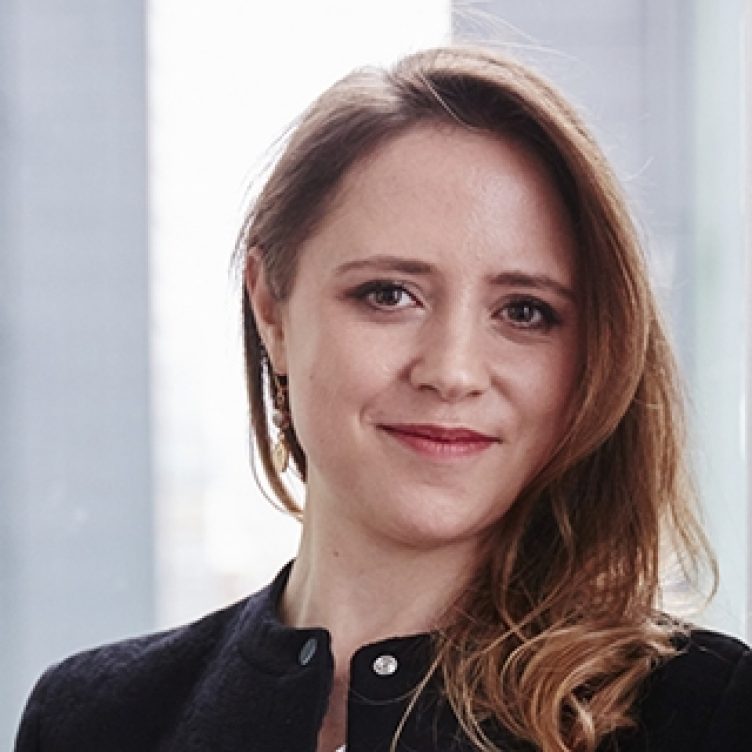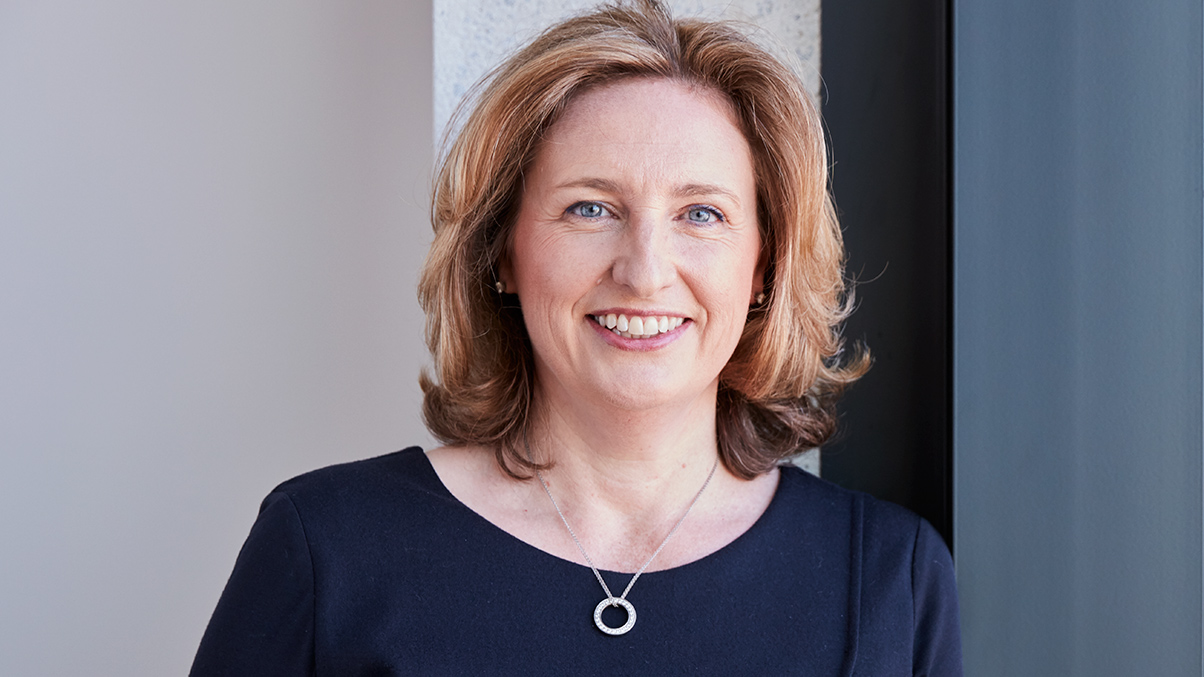A landmark decision of the Court of Appeal in XW v XH touched on important principles of fairness and discrimination in 2019. The central question was whether the fruits of the marriage should be shared equally between the homemaker/caregiver and the “breadwinner”. Debbie Chism, Richard Hogwood and Jenny Duggan represented the wife in the proceedings, and in this article they consider the decision in the case.
What was the case about?
The parties married in 2008 and the marriage broke down in 2015. They have one child who has a rare, life-threatening condition and significant disabilities. As acknowledged by the husband, the wife is “an excellent mother who is totally devoted to the well-being of” the child. The wife carried out the vast majority of the care for the child, and the husband also played an important role. The judge described her contribution to the welfare of the family including in her role as the principal carer of the child as “incalculable”.
The husband established a company with others before the marriage. During the marriage, the company was sold and by the date of the final hearing the proceeds from the shares received by the husband had become worth around £490m out of the total marital assets of £530m.
What did the first instance judge decide?
The wife applied for financial remedies, and at the final hearing the judge decided that the wife should receive around 29% of the parties’ combined assets. The majority of the award was a lump sum of £115m, which the husband was ordered to pay the wife. That lump sum represented 25% of the growth in the husband’s shareholding in the company during the marriage.
Mr Justice Baker decided that “the fair outcome is one that departs from the sharing principle and leaves the husband with a significantly greater proportion of the assets”. The sharing principle, which has been established for many years, is that the starting position for capital built up during a marriage is that it should be shared equally between the spouses regardless of the length of the marriage.
The question is, why did the judge award the wife 25% of the growth in the value of shares during the marriage rather than 50%? What could justify such a departure from equality? Mr Justice Baker’s reasons were fourfold:
- Separate finances: he considered that the parties “to a very substantial extent kept their financial affairs completely separate during the marriage” and that impacted the way the assets should be shared.
- Business assets: he characterised the husband’s shares as his “business assets”, which were created through his “business activity”. He considered that to be relevant to the way the assets should be divided.
- Latent potential: he considered that there was more value inherent in the company before the marriage than the expert valuer had accounted for. Essentially, the husband’s work before the marriage contributed significantly to the value of the shares in the company when they were sold.
- Special contribution: the husband made a special contribution in adding to the value of the company, and this again justified a departure from an equal division of the assets.
What was appealed?
Unsurprisingly, the wife sought to appeal the decision. The wife’s main grounds of appeal were:
- Separate finances: the way in which the parties managed their financial affairs should not impact the way the assets are divided in this case.
- Business assets: the husband’s “business assets” built up during the marriage should be shared equally as they were marital assets.
- Latent potential: the judge was incorrect in finding that there was latent potential in the company.
- Special contribution: to establish “special contribution”, there must be a disparity between the parties’ respective contributions to the welfare of the family that would be inequitable to disregard. Here, the judge failed to take into account the wife’s contribution and consider if there was a disparity between her contribution and that of the husband’s. The judge was wrong to find that the husband had made a special contribution, particularly as he had determined the wife’s contributions “had been and will be incalculable”.
Another key point raised by the wife was that Mr Justice Baker did not quantify how each of his four reasons affected the award he gave the wife. He essentially summarised his reasoning and then came up with a figure of 25% without linking his reasons to the figure he arrived at.
The wife’s case was that she should receive half of the increase in value of the husband’s shares during the marriage. That would result in her receiving around £230m.
Decision of the Court of Appeal
The wife’s appeal was successful in several respects:
Unilateral assets (separate finances and business assets)
The Court of Appeal found the approach taken by Mr Justice Baker to be “deeply discriminatory”. Simply because an asset is a “business asset” did not justify an unequal division between the homemaker and the breadwinner. If the business asset was generated during the marriage, then it is a marital asset that should be divided equally, absent other factors.
Indeed, the Court of Appeal found it “hard to envisage how, in other than short, childless marriages fairness would be achieved if the existence of ‘business assets’ was the basis for justifying an other than equal division”.
Latent potential
While the judge was entitled to conclude that the work the husband had put into the company before the marriage was a significant factor, he failed to identify how his approach to latent potential impacted on the wife’s award.
The Court of Appeal undertook that exercise and concluded that 60% (£293m) of the sale of the company shares was matrimonial and 40% (£195m) was non-matrimonial. The wife’s half share of the matrimonial share proceeds was, therefore, £146.5m.
Special contribution
The judge’s finding was set aside, and the husband was found not to have made a special contribution. Crucially, when considering special contribution, the judge had only concentrated on the financial contribution made by the husband. He failed to balance that contribution against the domestic contribution of the wife. He did not, therefore, examine the “disparity” between the parties’ respective contributions.
Given that the judge later in his judgment described the wife’s contribution as “incalculable”, it was clear that her contribution compared with that of the husband’s was not disparate to the extent required to find “special contribution”.
Conclusion
The overall division of the total marital wealth of £296.7m resulted in the wife receiving a lump sum of £145m. This means that she was left with around 34.5% (£182.45m) of the parties’ combined wealth and the husband with 65.5% (£347.55m).
The case is a reminder of the central importance of equality between the sexes, and that marriage is a partnership of equals. This was articulated by Lord Nicholls in his judgment in the seminal case of White v White, where the sharing principle was established: “If, in their different spheres, each contributed equally to the family, then in principle it matters not which of them earned the money and built up the assets. There should be no bias in favour of the money-earner and against the home-maker and child-carer.”
You can find further information regarding our expertise, experience and team on our Divorce and Family pages.
If you require assistance from our team, please contact us or alternatively request a call back from one of our lawyers by submitting this form.
Subscribe – In order to receive our news straight to your inbox, subscribe here. Our newsletters are sent no more than once a month.










